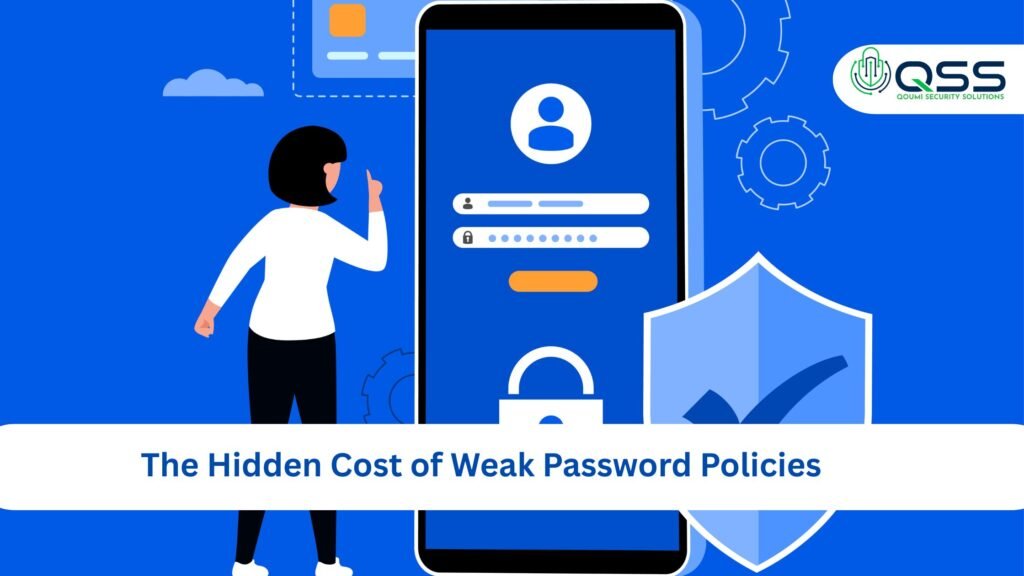Single Blog
How Regular Security Testing Can Slash Your Business Insurance Premiums
How Regular Security Testing Can Slash Your Business Insurance Premiums

Imagine this: your business hums along smoothly, but a late-night cyberattack or a sneaky office break-in flips everything upside down. The fallout—lost revenue, damaged trust, hefty fines—hits hard. Now, picture your insurance provider hiking your premiums because your defenses weren’t battle-tested. It’s a scenario I’ve seen too often, and it’s why regular security testing isn’t just smart—it’s a game-changer for keeping insurance costs in check.
With cybercrime costs soaring toward $10.5 trillion annually by 2025, according to Cybersecurity Ventures, and physical breaches draining millions, insurers are getting picky. They want proof you’re proactive, not reactive. Regular security testing—digital penetration tests, physical red teaming, compliance audits—shows them you mean business, often unlocking lower premiums. This blog dives into how testing cuts costs, the types that matter most, real stories of savings, and steps to make it happen. Let’s explore how you can protect your business and your wallet.
Why Security Testing Matters to Insurers
Insurance companies aren’t in the business of gambling. They set premiums based on risk, and a company with untested security—whether it’s a shaky network or a flimsy office lock—screams high risk. Regular testing flips that script. It proves you’re tackling vulnerabilities head-on, making you a safer bet.
Cyber insurance premiums have skyrocketed, climbing 50% since 2020, per industry data. Why? Ransomware and data breaches are spiking, with IBM’s 2025 report pegging average breach costs at $4.45 million. Physical incidents, like theft or vandalism, also jack up property and liability rates. Testing—both digital and physical—gives insurers hard evidence of your preparedness. A 2023 Ponemon Institute study found businesses with consistent testing cut breach costs by 30% and scored 15-20% lower premiums. It’s like showing up to a loan meeting with a stellar credit score—insurers reward the effort.
Testing also keeps you compliant with regulations like GDPR or HIPAA, which insurers love. Compliance signals lower risk of fines, making you a more attractive client. Plus, it’s not just about cyber threats. A weak front gate or an untrained receptionist can lead to physical breaches, inflating your insurance costs. Testing catches these gaps before they burn you.
Key Security Tests That Drive Down Premiums
Not all security tests are created equal. Insurers look for specific efforts that prove you’re covering all bases. Here’s what makes the biggest impact:
Penetration Testing for Digital Defenses
Penetration tests mimic cyberattacks to find weak spots in your networks, apps, or cloud setups. They uncover issues like outdated software or exposed APIs. Insurers eat this up—70% of cyber policies now require proof of regular pen tests, per Marsh’s 2023 report. Catching a vulnerability before hackers do can save millions in claims.
Physical Red Teaming
Physical red teaming sends pros to test your real-world defenses—think fake delivery guys sneaking past security or cloned badges opening restricted doors. These tests expose gaps like unmonitored entrances or lax visitor checks. A 2022 warehouse theft cost one company $1.8 million due to poor access controls; red teaming could’ve flagged that risk, keeping property premiums down.
Compliance Audits
Audits ensure you meet standards like GDPR, HIPAA, or PCI-DSS. They show insurers you’re serious about regulatory compliance, reducing the chance of costly fines. A hospital passing a HIPAA audit, for example, proves it’s less likely to leak patient data, which can shave thousands off liability premiums.
Vulnerability Scans
These regular scans check for weaknesses across your IT systems and physical assets. Automated tools paired with expert reviews catch new threats fast. Insurers see this as a sign you’re staying ahead of risks, which often translates to lower rates.
Phishing Simulations and Training
People are your weakest link—74% of breaches involve human error, per Verizon’s 2023 report. Phishing simulations and security training teach employees to spot scams, cutting the risk of credential theft. Insurers often offer discounts for documented training programs, knowing they reduce claims.
How Testing Saves You Money
Regular security testing isn’t just about dodging disasters—it’s a direct line to lower premiums. Here’s why it pays off:
Fewer Risks, Lower Rates
Testing catches vulnerabilities before they become claims. A retailer I know ran quarterly pen tests, fixing a critical API flaw that could’ve led to a $2 million breach. Insurers slashed their premium by 15% for the effort. Proactive fixes make you a low-risk client, plain and simple.
Compliance Keeps Costs Down
Meeting regulations like GDPR or PCI-DSS shows insurers you’re less likely to face fines or lawsuits. A 2023 Willis Towers Watson study found compliant businesses got 10-15% premium cuts. Detailed audit reports give insurers confidence, speeding up approvals and lowering costs.
Quicker Response, Smaller Claims
Testing sharpens your incident response. Companies with regular testing cut breach detection from 204 days to under 50, per IBM’s 2025 data. Faster containment means smaller claims, which insurers reward with better rates.
Stronger Underwriting Power
When renewing policies, testing reports are your ace. Penetration test results, audit logs, and training metrics show insurers you’re serious. A manufacturing client used red teaming data to negotiate a 20% premium drop, saving $50,000 a year.
Avoiding Costly Losses
Testing prevents incidents that spike premiums. A financial firm’s physical red teaming found weak badge controls, leading to upgrades that stopped a $1 million equipment theft. Those savings kept their property insurance rates steady.
Real Stories of Savings
Let’s look at real businesses that turned testing into savings. A small e-commerce shop was hit with a $500,000 phishing scam, driving up their cyber insurance costs. They started quarterly pen tests and phishing drills, cutting vulnerabilities by 60%. Their insurer dropped premiums by 15%, saving $30,000 annually.
A healthcare clinic ran HIPAA audits and physical red teaming, uncovering unsecured file rooms. Fixing those gaps ensured compliance and avoided $1.5 million in potential fines. Their liability premium fell 12%, a direct result of proving lower risk.
A logistics company, stung by a $2 million inventory theft, embraced physical red teaming. Tests revealed weak perimeter security, prompting biometric locks and 24/7 monitoring. Their property premium dropped 18%, saving $45,000 a year. These stories show testing isn’t just defensive—it’s a financial win.
Also Read: The hidden cost of weak Passwords
Steps to Cut Premiums with Security Testing
Ready to lower your insurance costs? Here’s how to make testing work for you:
Map Your Risks
Start by identifying critical assets—customer data, servers, physical facilities. Pinpoint high-risk areas, like public-facing apps or unsecured warehouses, to focus testing efforts.
Test Regularly
Schedule penetration tests and red teaming quarterly, with annual compliance audits. Run monthly vulnerability scans to stay ahead of new threats. Consistency signals reliability to insurers.
Work with Experts
Hire security pros for thorough testing. Pen testers and red teamers deliver reports that impress insurers. Managed services provide expertise without breaking the bank.
Document Everything
Keep detailed records—test results, fixes, training stats. A 2023 Deloitte survey says 80% of insurers want this data during underwriting. Clear documentation strengthens your case for discounts.
Train Your Team
Run phishing simulations and security training regularly. Show insurers proof of lower human-error risks. A 40% drop in phishing clicks, like our clients saw, catches underwriters’ attention.
Negotiate Smart
Use testing data when renewing policies. Share metrics like reduced vulnerabilities or compliance status to push for lower premiums. Work with brokers to maximize savings.
Tackling Testing Challenges
Testing isn’t without hurdles, but they’re manageable. Costs can feel steep, but compare $50,000-$100,000 for annual testing to $4.45 million for a breach. ROI tools can convince stakeholders. Alert fatigue from scans? Prioritize high-risk alerts and automate the rest. Staff pushback? Explain how testing protects jobs and cuts stress. Integration issues? Use flexible tools and expert support to sync with existing systems.
Wrapping Up: Testing Is Your Financial Shield
Regular security testing does more than protect—it saves. By catching vulnerabilities, ensuring compliance, and speeding up responses, you lower risks and impress insurers. The payoff? Premium cuts of 10-20%, plus peace of mind. Quomi Security offers tailored testing, from pen tests to red teaming, to help you secure your business and your budget. Don’t let weak defenses inflate your costs. Reach out to Quomi Security today to start testing and unlock savings. In a world of constant threats, proactive testing is your edge.




